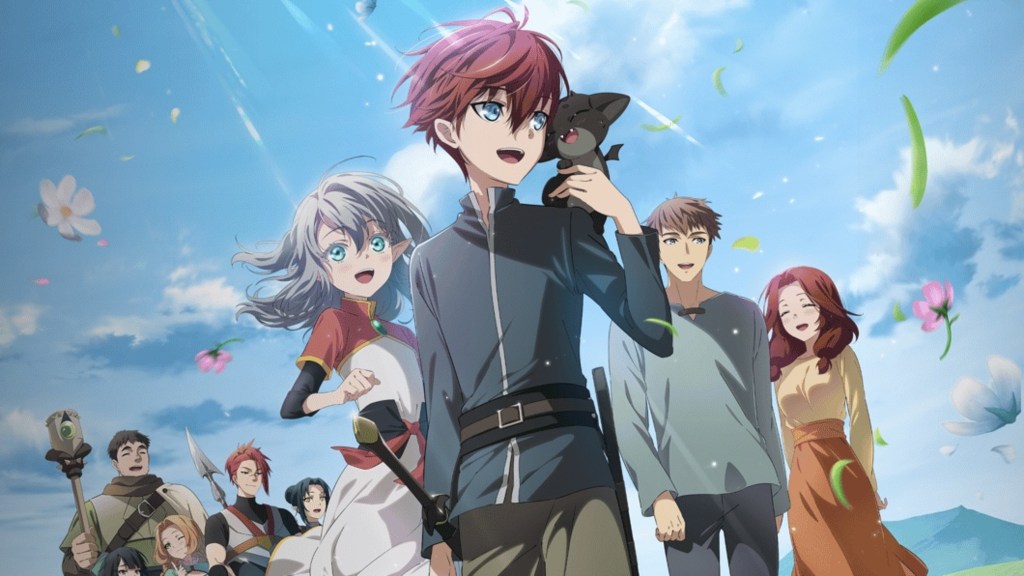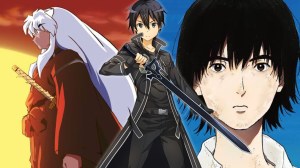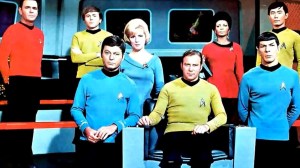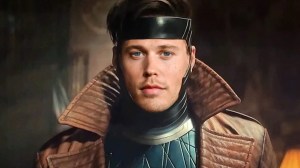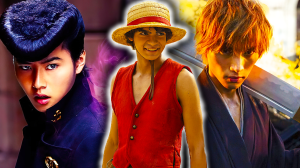The Beginning After the End was one of those webtoons people had been begging to see animated for years. Fans couldn’t wait to watch Arthur Leywin’s journey play out on screen, with all the epic fights, emotional moments, and all the action from the webcomic brought to life. The original story had it all: amazing characters, a rich, layered world, and jaw-dropping action scenes.
Videos by ComicBook.com
But when the first two episodes finally dropped, all that hype quickly turned into disappointment. What fans received was animation so poor that it became an instant meme across social media. People even started comparing it to some of the worst adaptation flops out there, like the Game of Thrones’ final season. But now that the anime has been out for a while, the question is: has the animation gotten any better?
The PowerPoint Presentation Problem
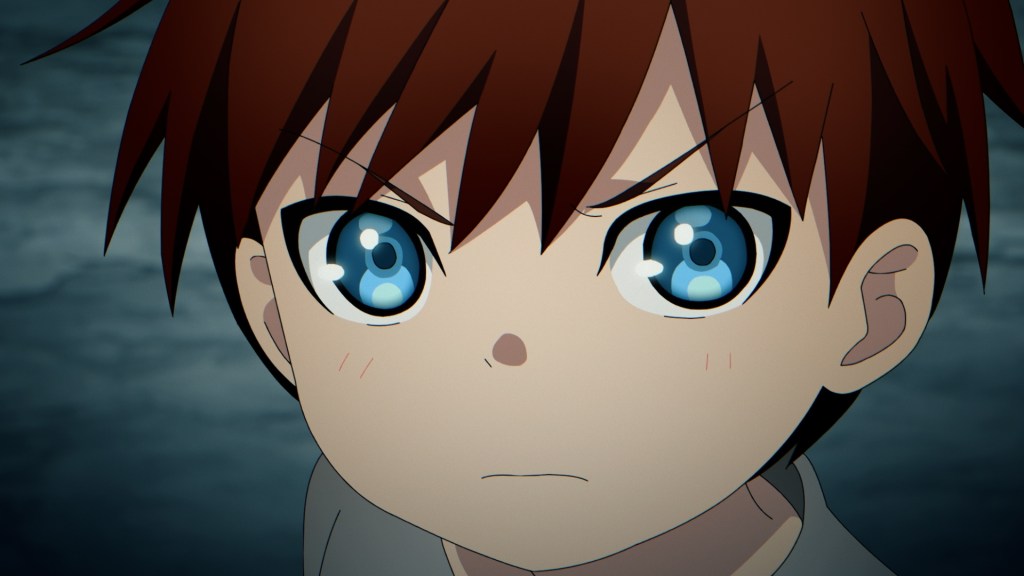
The Beginning After the End’s animation wasn’t just bad, it was kind of a disaster. With minimal frames and jarring transitions that made even simple conversations feel stiff and robotic, it looked more like a PowerPoint presentation than an actual anime. And don’t even get us started on the action scenes; they were supposed to be the highlight of the show, but instead came off rushed and completely flat.
To make things worse, the pacing was all over the place, as the studio seemed determined to speedrun the plot and cram major plot points into bite-sized chunks without giving them any emotional weight, forgoing that difficult balance to appease the 3 Episode Rule. Some of the most important character moments flew by so quickly that even webtoon readers had trouble keeping up. So you can only imagine how confusing it must’ve been for the non-readers. This breakneck speed left little room for the world-building that made the original novel and webtoon so captivating, leaving the whole thing feeling more like a poorly edited Instagram reel than a proper adaptation.
Voice Acting and Monologues
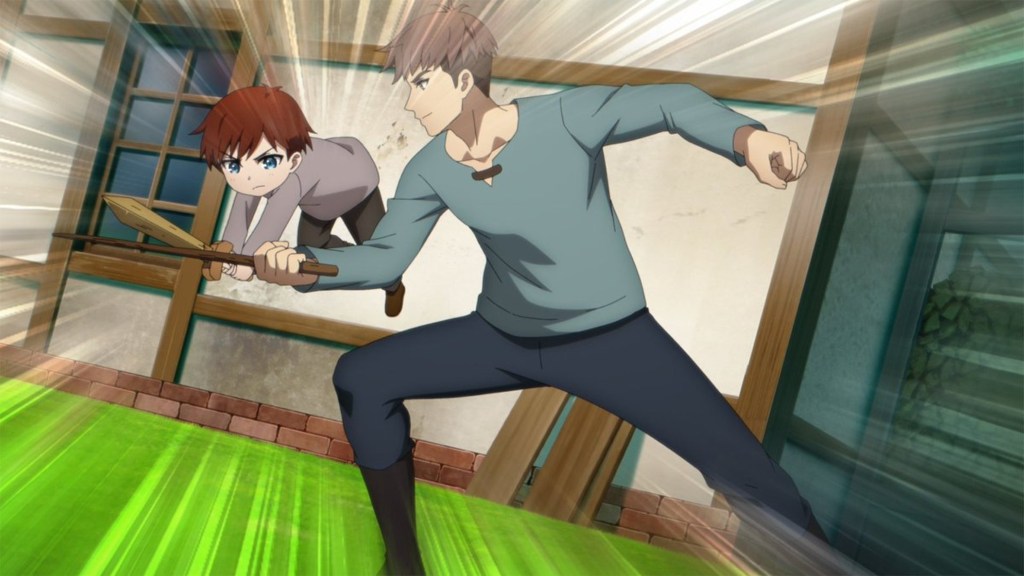
And then there was the voice acting, which, especially in the English dub, only added to the frustration. A lot of it came off stiff and emotionless, totally missing the mark in scenes that should’ve hit you right in the feels. The voice work failed to breathe life into characters that fans had grown to love in the source material, making even Arthur’s most pivotal moments feel hollow.
What really pushed fans over the edge, though, was how much the anime leaned on Arthur’s internal monologue. Instead of letting us see Arthur grow through his actions and interactions, the anime constantly had him explaining his thoughts and feelings directly to the audience; this often translates well on the page, but on the screen, it shows its shortcomings. This lazy approach robbed viewers of the chance to naturally connect with the character’s journey, turning what should’ve been organic storytelling into a series of info dumps.
A Glimmer of Hope in a Bleak First Season

Despite all the problems, later episodes actually started showing some real signs of improvement, particularly during Arthur’s encounter with Sylvia. Now, the animation still isn’t great by Episode 3, and yes, some key moments from the webcomic didn’t make the cut, but even so, the story finally starts to showcase why fans fell in love with TBATE in the first place. The cave sequence where Arthur meets Sylvia actually manages to capture some of the emotional depth that was missing from earlier episodes. It’s still a bit rushed, sure, but for the first time, there’s genuine heart in the scenes.
For some context, draped in armor, Sylvia gives off serious, intimidating vibes at first. But beneath all that, she’s gentle, wise, and incredibly nurturing, treating Arthur like her own child after rescuing him from a fall. The scene where she teaches him to gather mana is surprisingly well-animated. It was one of the few scenes that made me think, okay, maybe the production team is finally getting their act together.
The Season 2 Announcement Heralds Second Chances and New Beginnings

Crunchyroll’s announcement of The Beginning After the End Season 2 for Spring 2026 came as both a relief and a concern for fans. The fact that the same production team is coming back, including director Keitaro Motonaga and Studio A-CAT, has definitely raised some eyebrows. That said, the announcement also shows there’s still faith in the series.
The gap between seasons provides an opportunity for the production team to address the major issues that plagued the first season. Fans haven’t been quiet about what went wrong, especially with the animation and pacing, so there’s really no excuse not to improve. The fact that even creator TurtleMe had to step in for damage control shows how seriously these concerns are being taken.
The Verdict?
As disappointing as The Beginning After the End’s first season was, it’s not a total loss. The later episodes show that when the show actually slows down and focuses on character development, it can still capture the essence of what made the webtoon special. The Sylvia arc proves that good storytelling can partially overcome technical limitations, even if it can’t fully compensate for poor animation.
The anime industry has seen series recover from disastrous starts before, and TBATE might just have enough source material strength to pull off a similar comeback. High-profile examples of anime that have come back from the brink similarly include Kingdom, which drastically changed its visual style by Season 3 for the better. Shows like Clannad, while not necessarily poorly received at first, got a masterpiece of a second season in After Story.
This isn’t to say TBATE is bound for a masterpiece of a sophomore season, but its fans could certainly use the win, or at least something more stable. Whether Season 2 can take the hint, fix what went wrong, and give fans the adaptation they’ve been waiting for is still up in the air. But for now, there’s just enough hope to keep fans cautiously optimistic about Arthur’s animated future.

